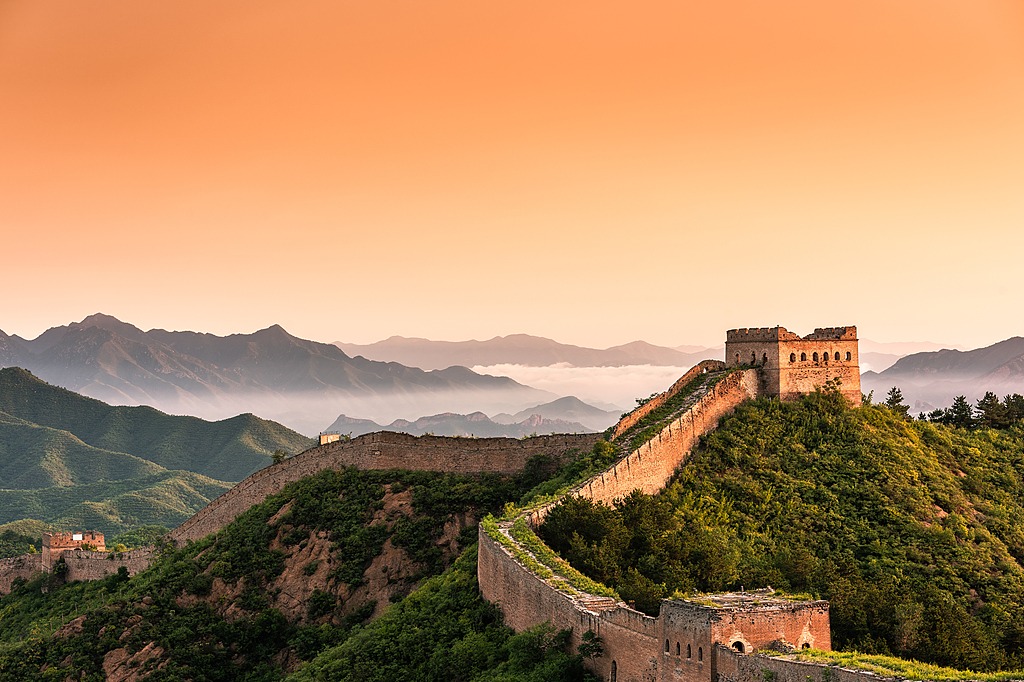Ancient grotto art reborn in mural dance

LANZHOU-It is another busy day. Bodies twist on the floor and the sound of a hand clap, followed by instructions, rings out from a dance studio in Lanzhou, Gansu province.
"Get ready. Mind your manners, and begin. First, high kick … Now try again," said Jin Liang, director of a research center for Dunhuang mural dance at the Lanzhou University of Arts and Science.
Dunhuang mural dance draws its inspiration from the iconic figure of the flying Apsara in the Mogao Grottoes-a 1,650-year-old UNESCO World Heritage site that is home to more than 2,000 sculptures and 45,000 square meters of murals.
The dance is acclaimed for its graceful gestures, which require brief bursts of strength and good balance.
All the attention in the studio is on Jin, who gives precise instructions for the movements of the hands and waist, as well as for breathing rhythms and facial expressions.
Hao Rumeng, 17, has been practicing Dunhuang dance for two and a half years. Her morning often begins at 6:30 in the studio and wraps up after eight hours of practice. Sometimes she ties a 10-kilogram sandbag to her legs to train her muscles. "Dunhuang dance is a new genre of classical dance. It has distinct movements and requires systematic training every day," Jin said.
A prototype of Dunhuang dance was born 40 years ago in the performance of Silk Road-a dance drama to celebrate the 30th anniversary of the founding of the People's Republic of China. Inspired by the drama, Gao Jinrong, then vice-president of a provincial art school, formulated Dunhuang mural dance a year later.
Since then, Dunhuang dance has become a popular major, with nearly 1,000 graduates. The Lanzhou University of Arts and Science alone recruits 25 students every year.
One of the most famous Dunhuang dances, Thousand Hand Buddha, was a sensation not only in China, but also on the global stage when it toured in countries including the United States, Britain, Singapore and Malaysia. More dramas are being choreographed to take Dunhuang mural dance even further.
Back in its birthplace, performers continue to search for new inspirations from the ancient grottoes to perfect their presentation of the ancient art. "Seeing the murals with their own eyes achieves more than hours of studying history in class," Jin said.
Gao Jinrong, 85, said: "Visiting the grottoes is a combined education covering both the traditional Chinese culture and aesthetics. They can see the connection between their dance and ancient culture."

Today's Top News
- China's economy: Resilient, transforming, and full of potential
- China urges Mexico to follow WTO rules, protect interests of Chinese firms
- Xi congratulates Luxembourg's Grand Duke Guillaume on enthronement
- Xi, Singaporean president exchange congratulations on 35th anniversary of diplomatic ties
- Holiday boosts box office ambitions
- Plan to raise rewards for violation tips seen as big market boost






























